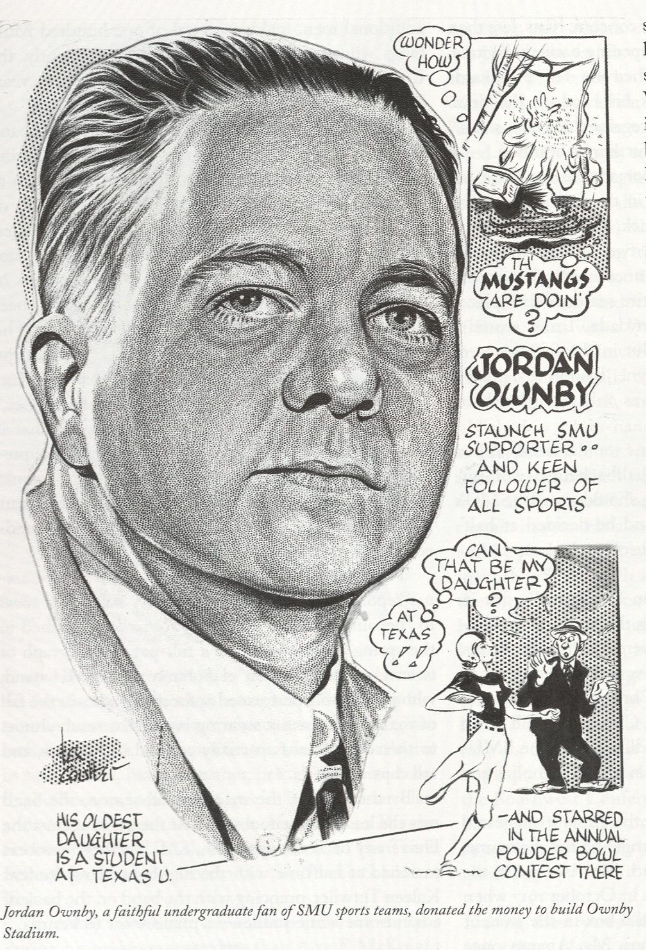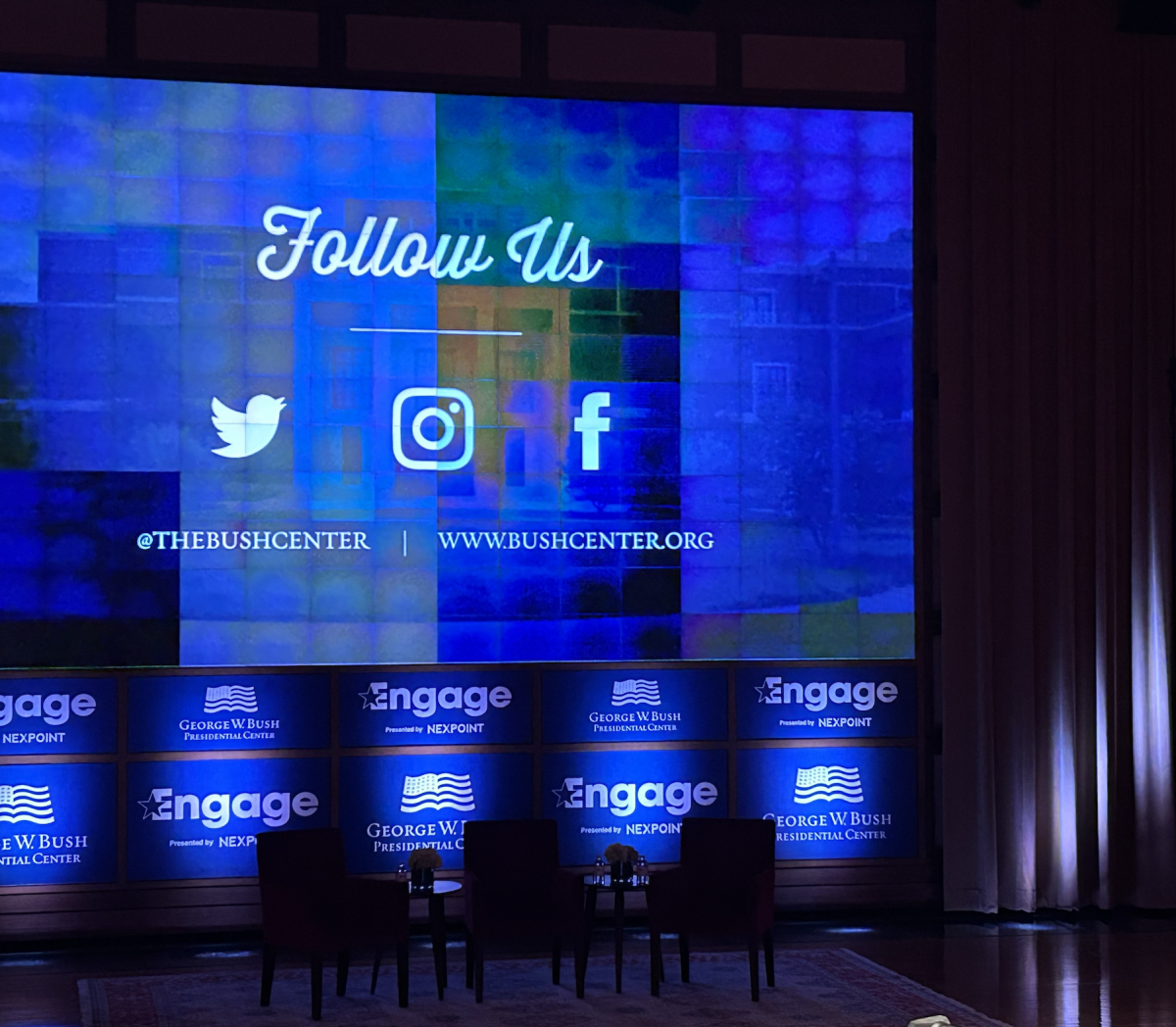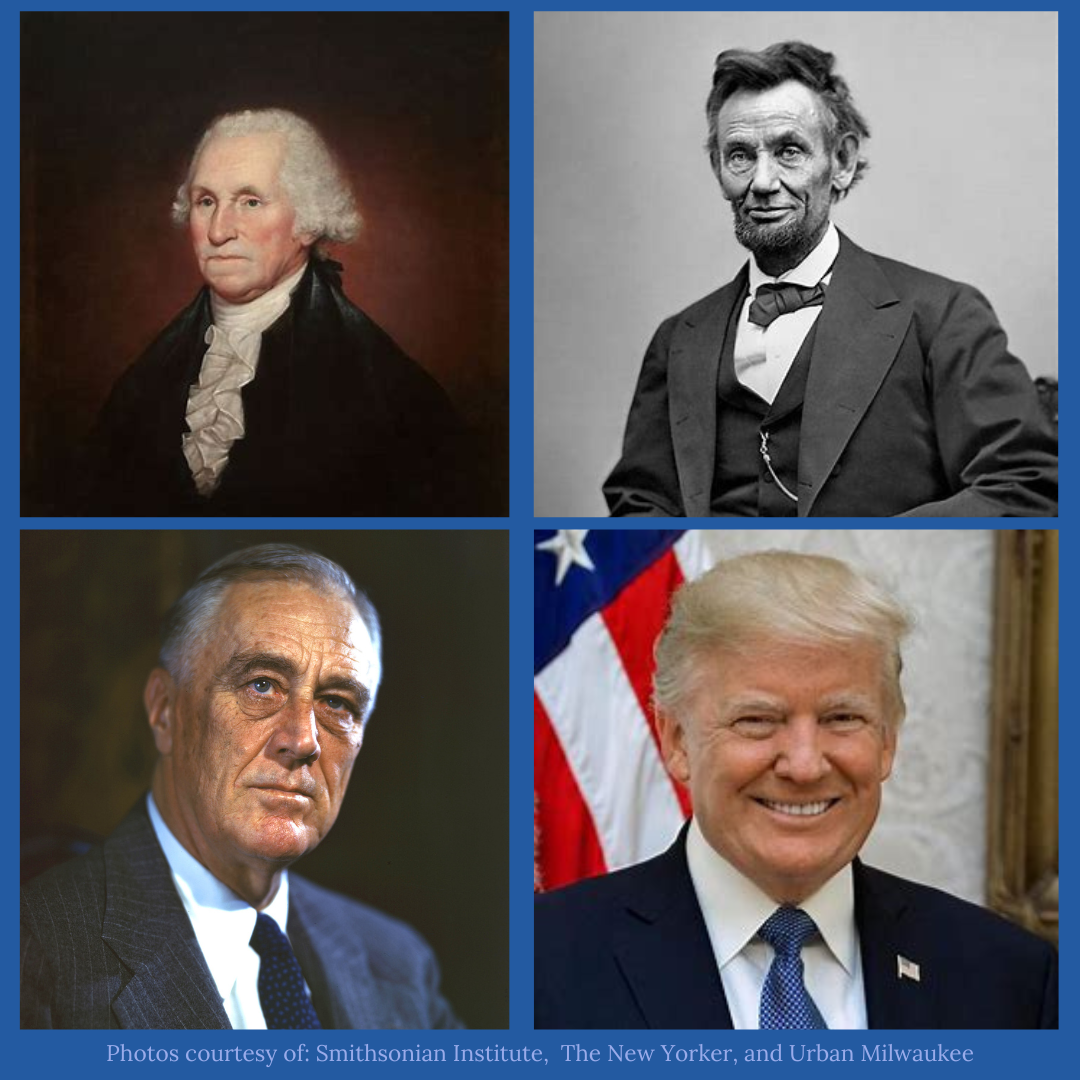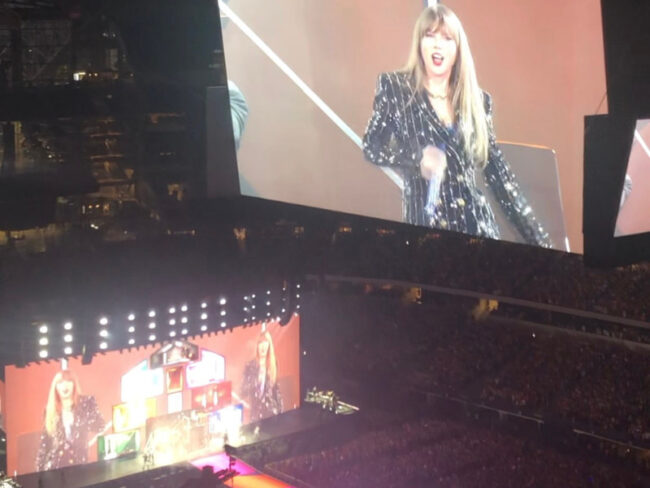Last Wednesday marked the 50th Anniversary of the March on Washington for Jobs and Freedom. In this March, Martin Luther King Jr. delivered his famous “I Have a Dream Speech.” Five decades later, I set out to see if SMU had achieved the goals outlined in Dr. King’s speech.
To start off, I attended an SMU hosted public debate against Wiley College on the topic of whether or not America is faltering on Dr. King’s speech in 2013. SMU debaters debated the negative while Wiley College argued the affirmative. In the end, Wiley College won three to nothing.
SMU stuck to its points that America is no utopia, but progress had been made in institutions where progress did not exist in the past. They argued people’s mindsets are harder to change.
Dr. King said something similar in a speech at SMU over 40
years ago.
“[A]lthough legislation…can’t change the heart, it can change habits,” Dr. King said, reported The Daily Campus in 1966.
Now, substitute the word “America” for “SMU” in the argument made by the SMU debate team and we have arrived at my point for this article. SMU lacks genuine diversity and integration, but instead sees institutionalized integration. Habits might have changed, but mentalities are the same as 50
years ago.
If any person were to examine the culture of SMU, they would see its evident divides. For example examine the set up of the Boulevard, Greek life, or mealtime at Umph.
While Boulevarding, minority students huddle at a multicultural tent far from white students who dominate the Dallas Hall area. In Pan-Hellenic Greek life, the majority of members are white, with the exception of one or two minorities.
And at Umph, students sit segregated by race. Where a person sits to eat is ruled by the color of their skin. And lastly, multicultural events and clubs only see
multicultural students.
So, I took it to the halls of SMU and randomly asked students what they thought about diversity. Thirty students participated in the poll and offered the following responses.
First, I asked if students felt SMU was diverse. More than half the students surveyed felt SMU was not diverse racially. A couple felt SMU was on its way to being diverse and the rest felt SMU was racially diverse.
“With over 80 countries represented in a school of our size, I believe that it’s quite the accomplishment and one statistic we can proudly boast in comparison to other schools,” said junior Faith Michael.
“[SMU] has progressed, but it could be better,” said Alex Zier who is on the debate team that debated Wiley College.
Senior, Genesis Reed carried different feelings. “I don’t feel like SMU is diverse especially when no multicultural organizations are represented in the year book. Which is our record of history and diversity as a university,” Reed said.
Second, I asked students if they felt SMU was integrated. Only eight people said they felt SMU
was integrated.
An Phan, junior, said SMU has not achieved Dr. King’s Dream of integration and that, “SMU is becoming more culturally diverse, but socially no.”
Junior Ketetha Olengue offered a different perspective. “In some ways yes SMU has achieved Dr. King’s vision of integration. We are not a community that is ruled by the “destruction of another race” but we [aren’t] picture perfect. The important thing [is] that we are a working example and I think that’s the whole point,” she said.
And lastly, I asked students if they considered themselves to have diverse friends outside their ethnicities. All but two students said they had diverse friends.
Sophomore Diana Lira said, “I literally have a friend from every continent except Australia.”
One student challenged students’ beliefs of the meaning of friends.
“Sure, all of the students at SMU have friends that aren’t just white, but in terms of friends in your immediate circle, I think you have to be honest with yourself….The key word being immediate circle of friends, not friends that you tell ‘we should get coffee later’,” junior Colton Donica said.
In conclusion, SMU as an institution has been forced to change with the times, but mentalities remain relatively stagnant. Dr. King’s Dream was not of forced integration, like students see on the SMU webpage of outdated and race-friendly pictures of minority students that portray a diverse SMU, or mandated diversity classes and the “Every Mustang Must be Valued” talks at Corral and AARO. In celebrating Dr. King’s Dream, we should challenge ourselves to be more genuinely diverse and less institutionally integrated by leaving our comfort zones and making an effort to connect with people of different backgrounds.
Johnson is a junior majoring in journalism and Spanish.













